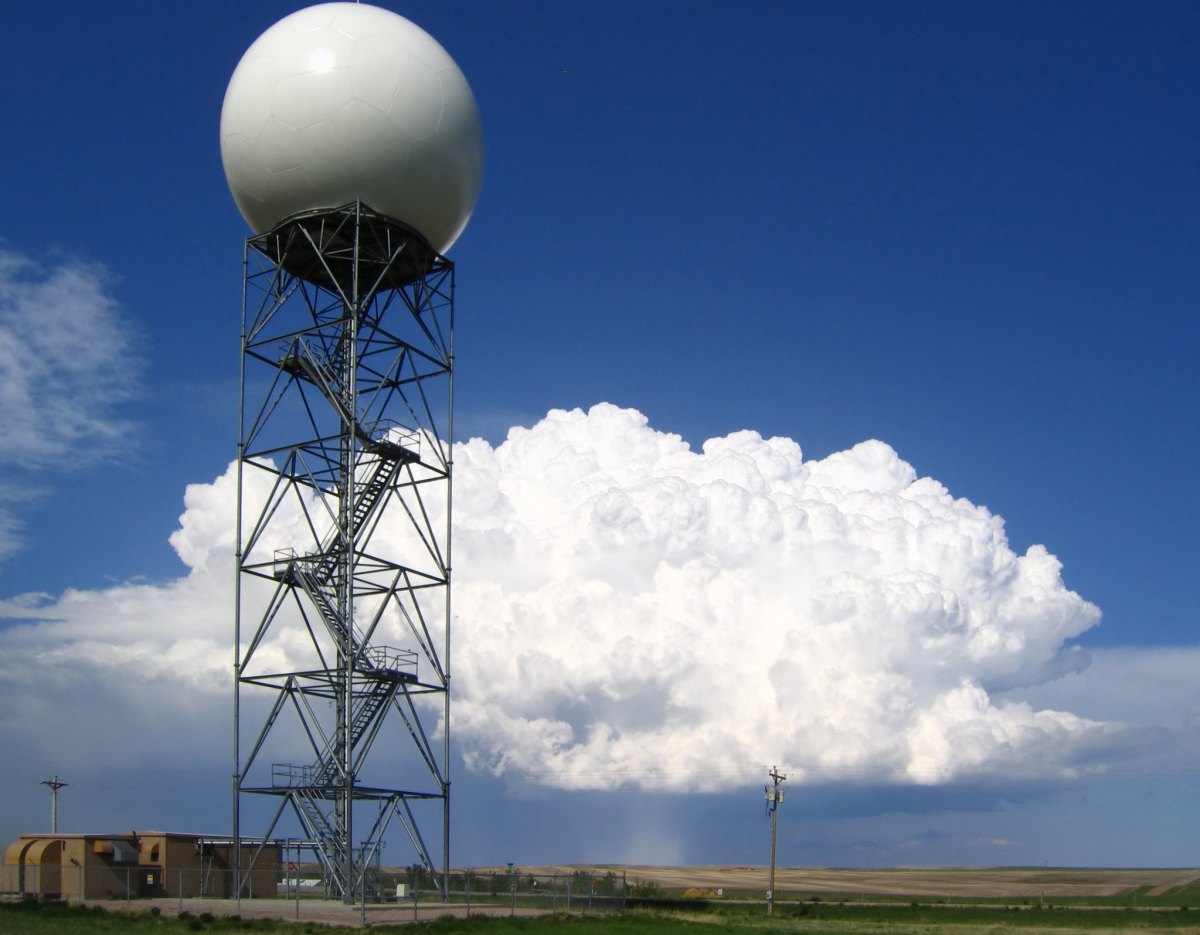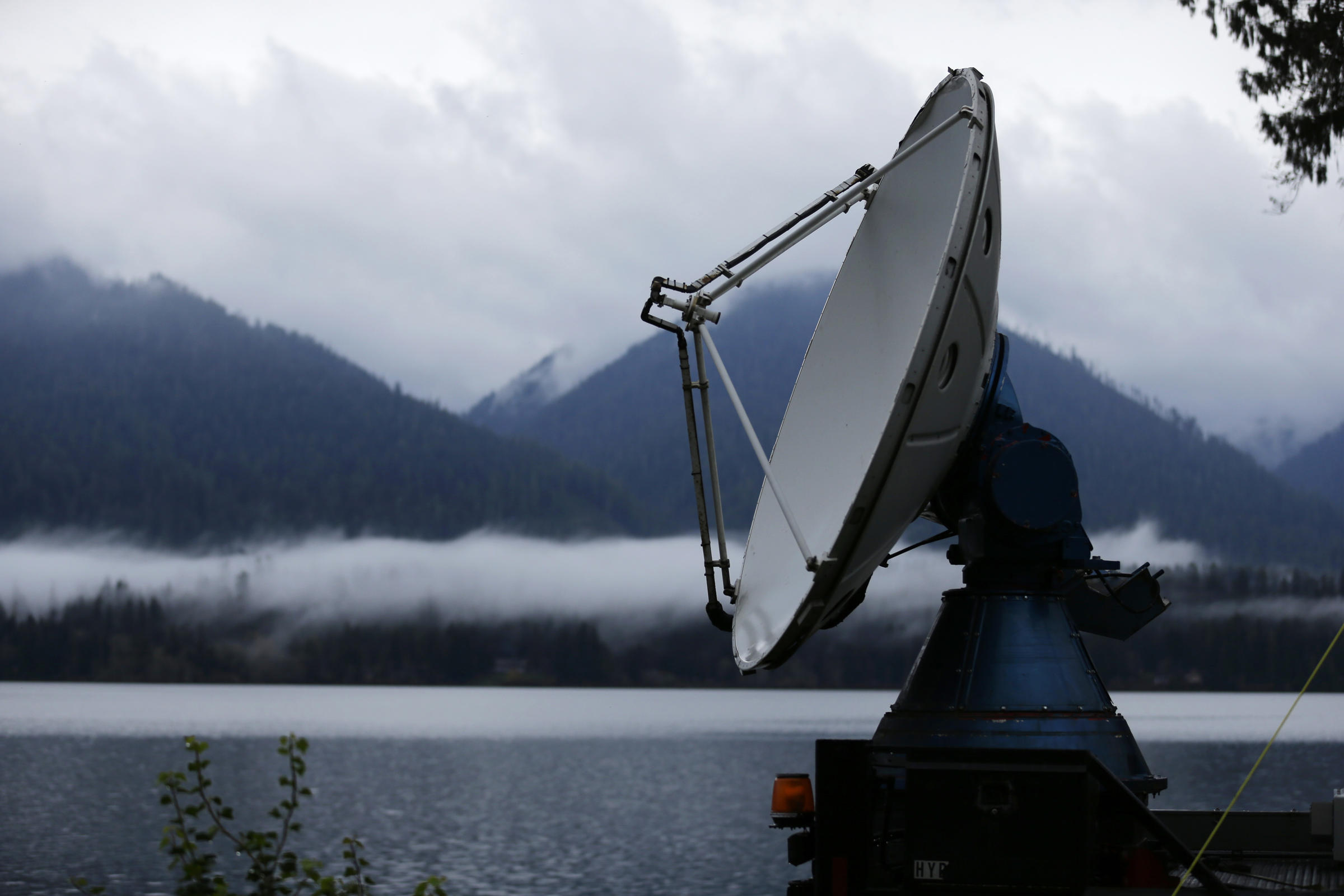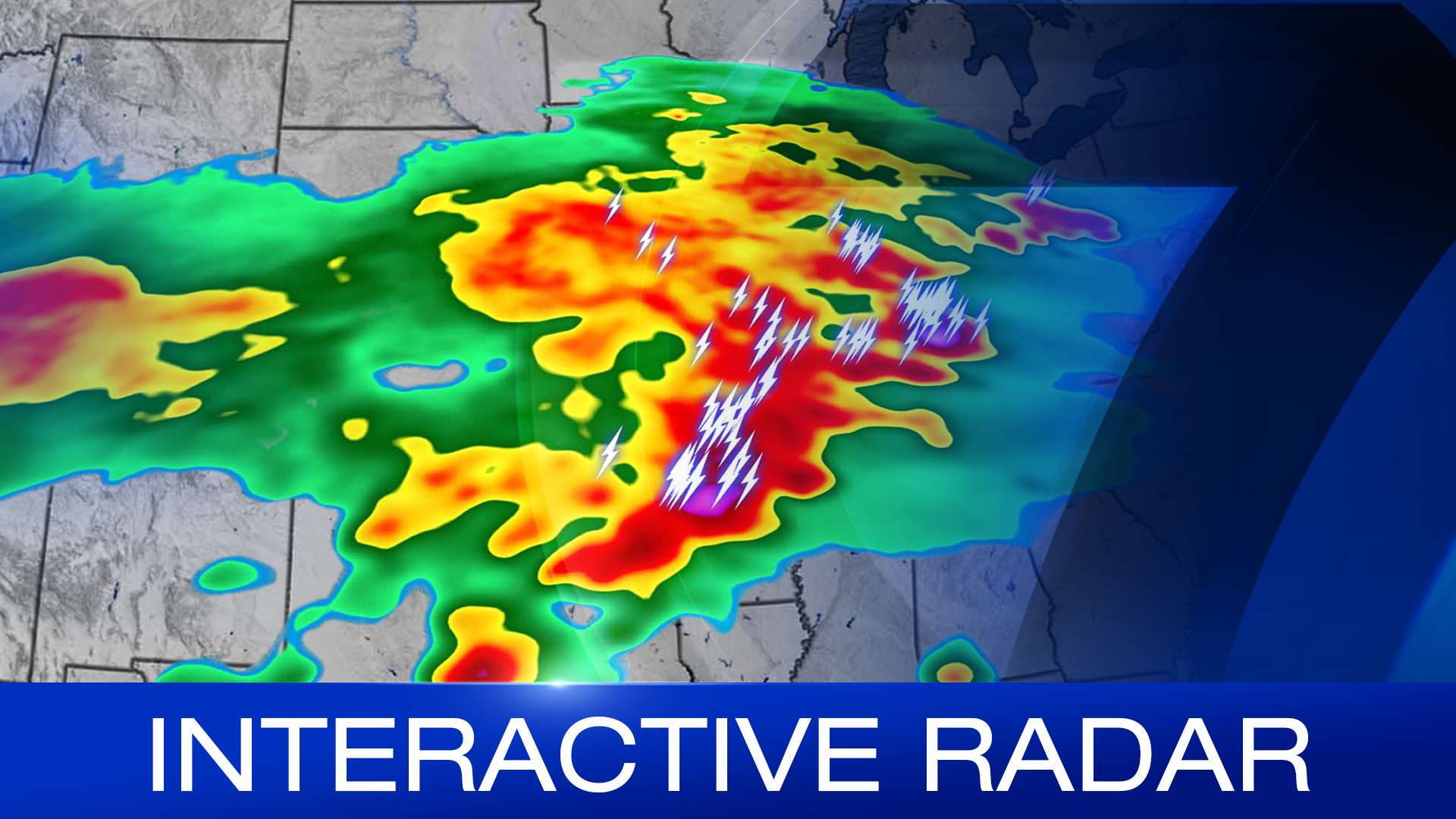Overview of Weather Radar Technology

Weather radar is a remote sensing technology that uses electromagnetic waves to detect precipitation and other weather phenomena. It is a powerful tool for meteorologists and weather forecasters, as it can provide real-time information about the location, intensity, and movement of storms.
Weather radar works by transmitting a beam of electromagnetic energy into the atmosphere. When this energy encounters an object, such as a raindrop or snowflake, some of the energy is reflected back to the radar receiver. The amount of energy that is reflected back depends on the size and shape of the object, as well as the wavelength of the electromagnetic energy.
Weather radar, a technological marvel, empowers us to navigate the unpredictable dance of nature’s elements. From tracking the trajectory of storms to anticipating rainfall patterns, it’s a crucial tool for staying safe. And for those in the path of tropical storms like Beryl, the beryl live tracker offers an invaluable resource, providing real-time updates on its path and intensity.
With weather radar as our watchful guide, we can navigate the challenges of unpredictable weather with greater confidence.
Types of Weather Radar Systems
There are two main types of weather radar systems: Doppler radar and non-Doppler radar.
Weather radar plays a crucial role in tracking weather patterns, allowing us to stay informed about impending storms. For those in the path of Hurricane Beryl, the beryl path tracker provides real-time updates on its trajectory. This invaluable tool complements weather radar data, helping us make informed decisions to stay safe during severe weather events.
- Doppler radar measures the velocity of precipitation particles, in addition to their location and intensity. This information can be used to track the movement of storms and to identify areas of rotation, which can indicate the presence of tornadoes or hurricanes.
- Non-Doppler radar only measures the location and intensity of precipitation particles. It is less expensive than Doppler radar, but it does not provide as much information about the movement of storms.
Advantages and Limitations of Weather Radar Technology
Weather radar technology has a number of advantages, including:
- Real-time data: Weather radar can provide real-time information about the location, intensity, and movement of storms.
- Wide coverage: Weather radar can cover a large area, making it possible to track storms over a wide region.
- Accuracy: Weather radar is a very accurate technology, and it can provide detailed information about the structure and movement of storms.
However, weather radar technology also has some limitations, including:
- Limited range: Weather radar can only detect precipitation that is within a certain range of the radar transmitter.
- Clutter: Weather radar can be affected by clutter, which is caused by reflections from non-weather objects, such as buildings and trees.
- Attenuation: Weather radar signals can be attenuated by precipitation, which can reduce the accuracy of the data.
Applications of Weather Radar

Weather radar has revolutionized the field of meteorology and is now widely used in various applications, including weather forecasting, storm tracking, aviation, and other industries.
In weather forecasting, radar data provides valuable information about precipitation patterns, cloud formations, and wind speeds. Meteorologists use this data to create detailed weather forecasts, predict severe weather events, and issue timely warnings to the public.
Tracking and Monitoring Storms
Weather radar is an essential tool for tracking and monitoring storms. By analyzing the radar data, meteorologists can determine the location, size, intensity, and movement of storms, including hurricanes, tornadoes, and thunderstorms.
This information is crucial for issuing early warnings, allowing communities to prepare and take necessary precautions. Radar data also helps meteorologists track the evolution of storms, providing valuable insights into their behavior and potential impacts.
Aviation and Other Industries
Weather radar is also widely used in aviation to enhance flight safety. Radar data provides pilots with real-time information about weather conditions along their flight paths, enabling them to avoid hazardous weather, such as thunderstorms and turbulence.
In addition to weather forecasting and aviation, weather radar has numerous applications in other industries, including agriculture, hydrology, and transportation. Farmers use radar data to monitor crop conditions and predict weather patterns that may affect their crops.
Hydrologists use radar data to study precipitation patterns and water flow, which helps in flood forecasting and water resource management. Transportation agencies use radar data to monitor road conditions and issue warnings about potential hazards, such as icy roads or fog.
Interpreting Weather Radar Data

Weather radar data provides valuable information about the structure and movement of precipitation. By understanding how to interpret this data, you can gain insights into current and future weather conditions.
Types of Weather Radar Data Products
Weather radar systems produce a variety of data products, including:
- Reflectivity: Measures the intensity of precipitation, with higher values indicating heavier precipitation.
- Velocity: Measures the speed and direction of precipitation movement.
- Spectrum width: Indicates the range of velocities within a precipitation echo, providing information about turbulence and hail potential.
- Hydrometeor classification: Identifies the type of precipitation, such as rain, snow, or hail.
Interpreting Weather Radar Data to Identify Different Weather Features
By analyzing weather radar data, you can identify various weather features, including:
- Rain: Low reflectivity values, smooth velocity patterns.
- Snow: High reflectivity values, low velocity values, and often a bright band (enhanced reflectivity) at higher altitudes.
- Hail: High reflectivity values, large spectrum width, and often a hook echo (a hook-shaped signature) in velocity data.
- Tornadoes: Low reflectivity values, strong velocity gradients, and a mesocyclone (a rotating column of air) in velocity data.
Tips for Using Weather Radar Data Effectively
- Use multiple data products to get a complete picture of the weather situation.
- Consider the radar beam height when interpreting data, as it can affect the accuracy of precipitation estimates.
- Be aware of the limitations of radar data, such as its inability to detect light precipitation or distinguish between different types of precipitation in certain conditions.